
by Rice University
In a new study in the American Chemical Society journal ACS Nano, Rice materials scientist Jun Lou, graduate student and lead author Emily Hacopian and collaborators, including Tour, stress-tested rebar graphene and found that nanotube rebar diverted and bridged cracks that would otherwise propagate in unreinforced graphene.

by UCLA Samueli School of Engineering
The heat is off: UCLA engineers develop world’s most efficient semiconductor material for thermal management New semiconductor material draws heat away from hotspots much faster than current materials, which could lead to dramatic improvements in computer chip...
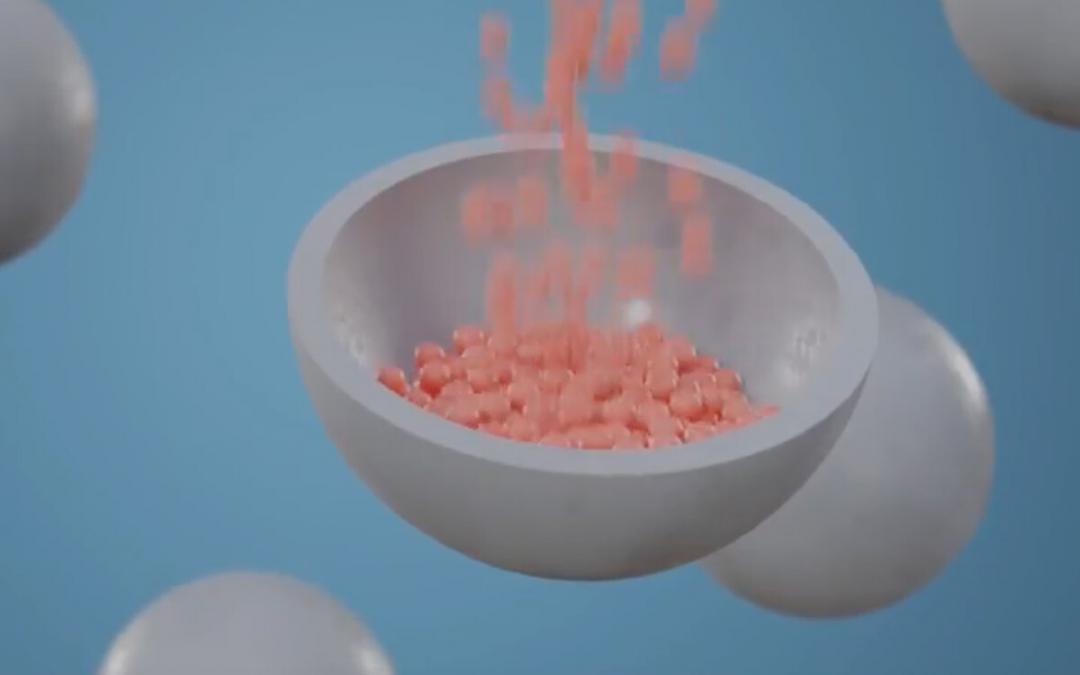
by Mainz University
Scientists at the Mainz University Medical Center and the Max Planck Institute for Polymer Research (MPI-P) have developed a new method to enable miniature drug-filled nanocarriers to dock on to immune cells, which in turn attack tumors.
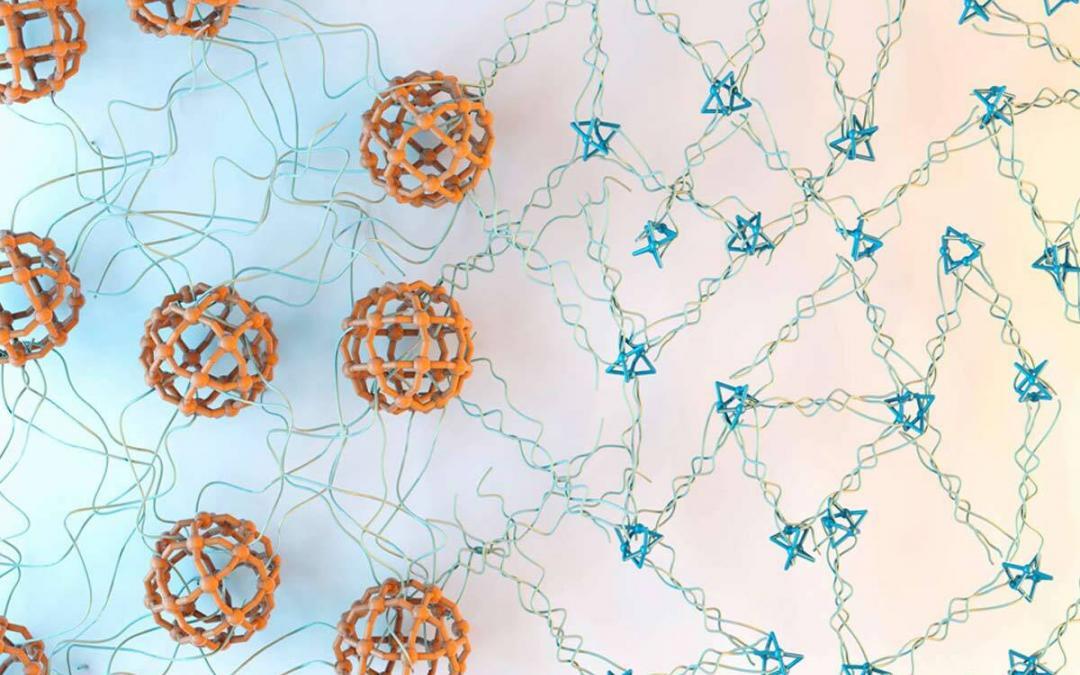
by Anne Trafton | MIT News Office
MIT researchers have designed a polymer material that can change its structure in response to light, converting from a rigid substance to a softer one that can heal itself when damaged.
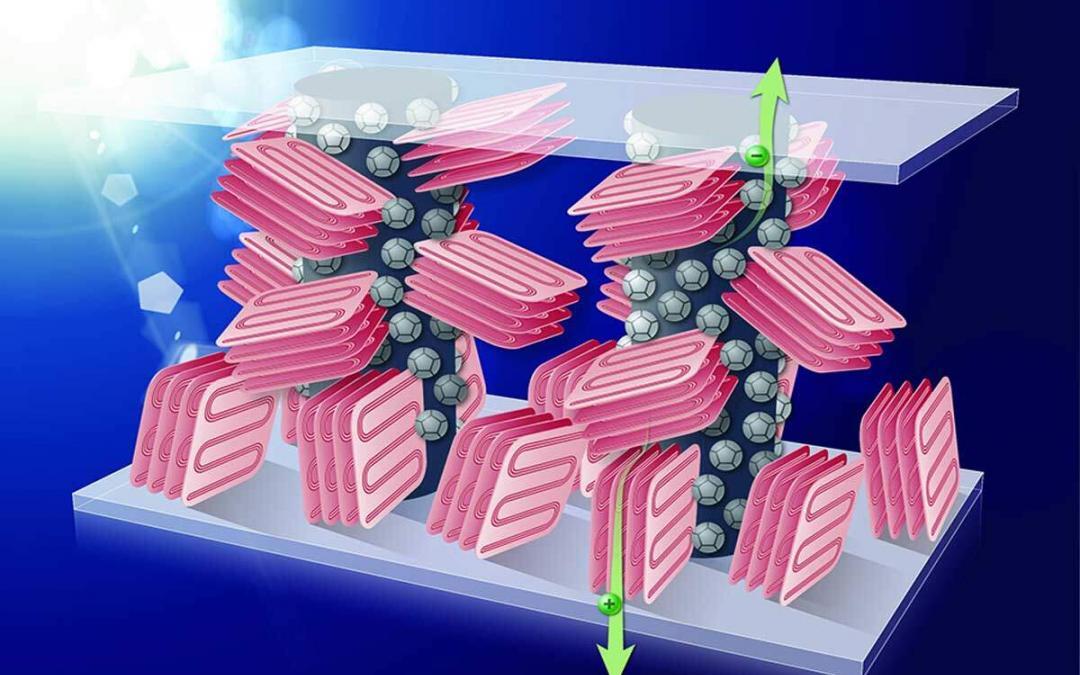
by Stony Brook University
Polymer plastic solar cells remain an industry priority because of their light weight, flexibility and cost-effectiveness. Now scientists from Stony Brook University and the U.S. Department of Energy’s (DOE) Brookhaven National Laboratory (BNL) have demonstrated that these types of solar cells can be more efficient and have more stability based on new research findings.
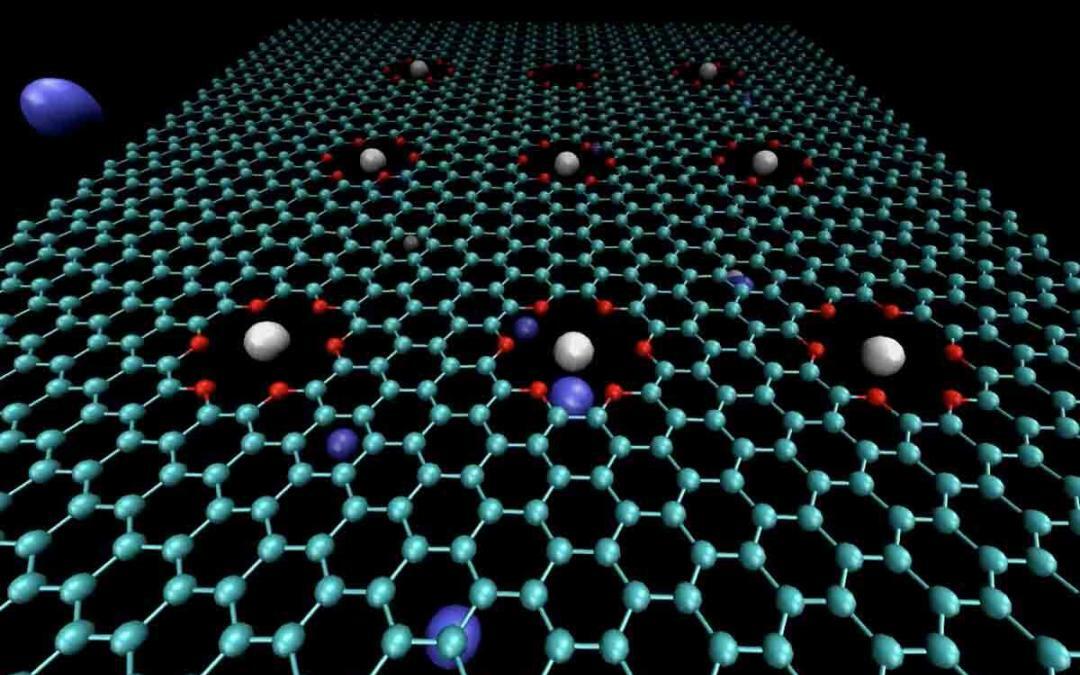
by NIST
Invigorating the idea of computers based on fluids instead of silicon, researchers at the National Institute of Standards and Technology (NIST) have shown how computational logic operations could be performed in a liquid medium by simulating the trapping of ions (charged atoms) in graphene (a sheet of carbon atoms) floating in saline solution. The scheme might also be used in applications such as water filtration, energy storage or sensor technology.

by Fraunhofer-Gesellschaft
Electronic circuits are miniaturized to such an extent that quantum mechanical effects become noticeable. Using photoelectron spectrometers, solid-state physicists and material developers can discover more about such electron-based processes. Fraunhofer researchers have helped revolutionize this technology with a new spectrometer that works in the megahertz range.
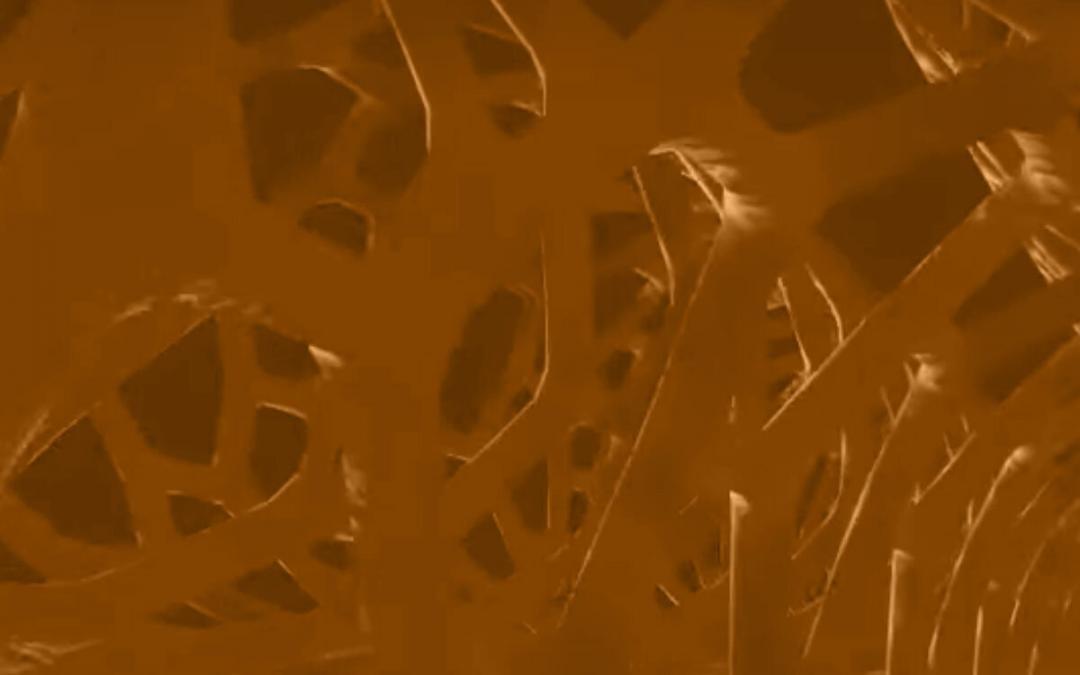
by Manuel Gnida - SLAC
Researchers at the Department of Energy’s SLAC National Accelerator Laboratory have recorded the most detailed atomic movie of gold melting after being blasted by laser light. The insights they gained into how metals liquefy have potential to aid the development of fusion power reactors, steel processing plants, spacecraft and other applications where materials have to withstand extreme conditions for long periods of time.







